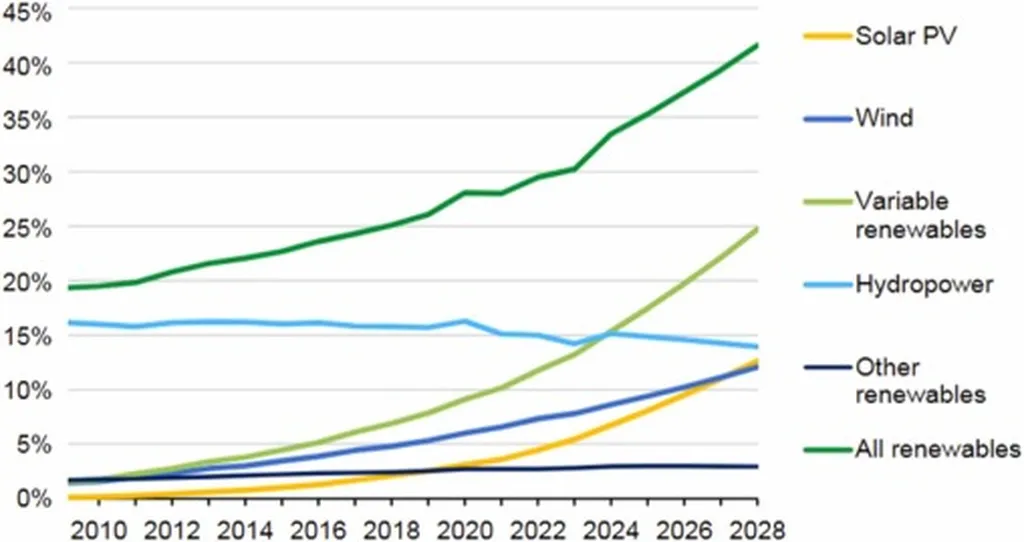In the quest to stabilize the West Africa Power Pool’s (WAPP) interconnected transmission system, a groundbreaking study has emerged, offering a promising solution to longstanding frequency control challenges. The research, led by Julius Abayateye of the Energy Institute at Colorado State University, explores the effectiveness of Battery Energy Storage Systems (BESSs) in maintaining grid stability, particularly in the face of increasing variable renewable energy (VRE) integration.
The study, published in the journal *Energies*, simulates the maximum N-1 contingency scenario—a sudden loss of 400 MW of generation—to evaluate the performance of BESSs against conventional power plants. The findings are compelling: BESSs outperform conventional power plants in providing fast frequency response, making them a crucial asset for grid stability. However, the study also reveals that a balanced mix of BESSs and conventional reserves achieves the best overall performance, combining the rapid power injection capabilities of BESSs with the cost-efficiency of conventional units.
“Our analysis shows that a hybrid approach, integrating both BESSs and conventional reserves, results in improved nadir frequencies, faster settling times, and cost efficiency,” Abayateye explains. “This approach not only meets grid requirements but also provides a more sustainable and economically viable solution for frequency control.”
The implications of this research are significant for the energy sector, particularly in regions like West Africa where grid stability is a persistent challenge. As the integration of variable renewable energy continues to grow, the need for effective frequency control becomes ever more critical. The study suggests that regulatory reforms and coordinated reserve procurement, including BESS assets, could pave the way for a more stable and efficient grid.
“Regulatory reforms should require or incentivize conventional plants to provide primary frequency reserves, possibly through the creation of a new market for ancillary services,” Abayateye adds. “This would not only enhance grid stability but also create new commercial opportunities for energy providers.”
The study’s findings provide valuable insights for policymakers and system operators, highlighting the importance of a balanced approach to frequency control. By integrating BESSs with conventional reserves, the energy sector can achieve both technical performance and cost efficiency, ensuring a stable and reliable grid for the future.
As the energy landscape continues to evolve, this research offers a roadmap for navigating the challenges of grid stability and renewable energy integration. With the right regulatory reforms and coordinated efforts, the West Africa Power Pool and similar systems worldwide can look forward to a more stable and sustainable energy future.

